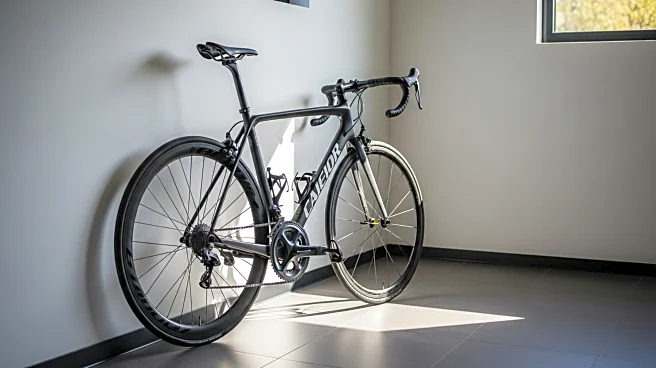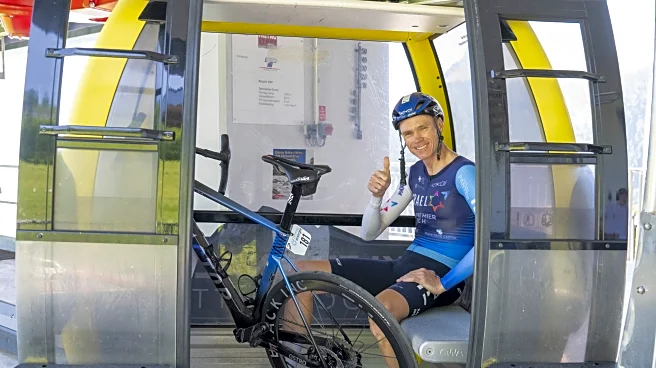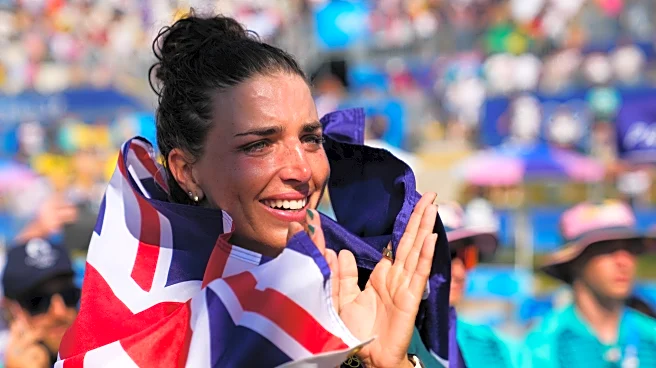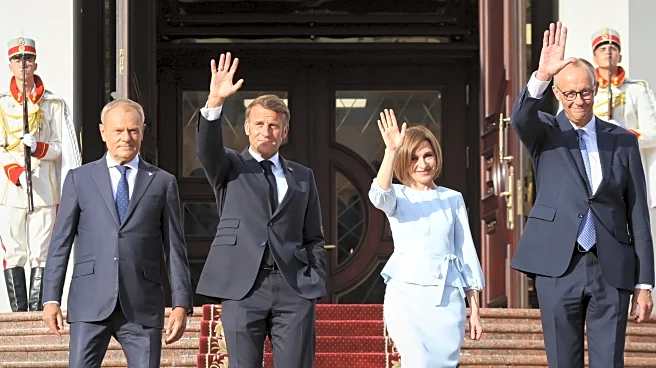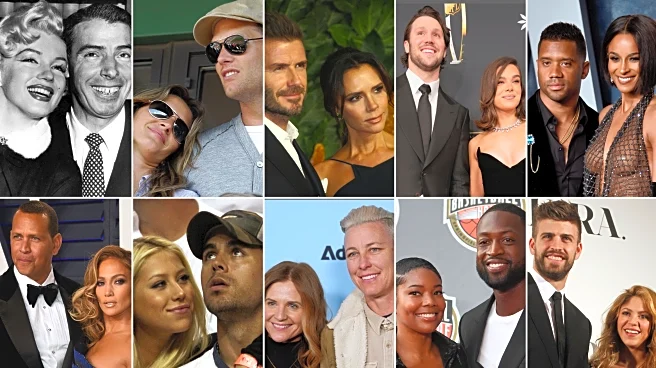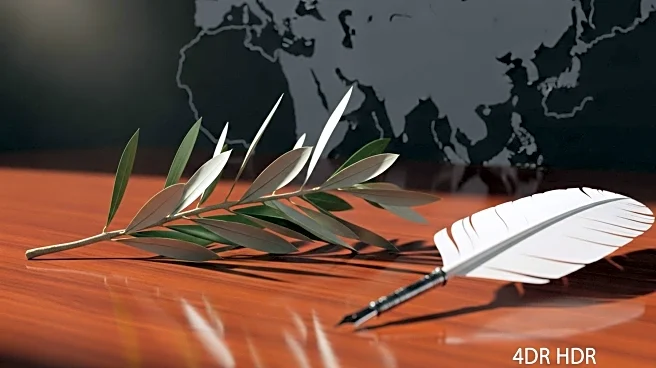What's Happening?
Chris Froome, a four-time Tour de France winner, is recovering in hospital after undergoing surgery for injuries sustained in a training crash in southern France. The 40-year-old cyclist suffered five broken ribs, a collapsed lung, and a lumbar vertebrae fracture. Froome was airlifted to the hospital and has since undergone successful surgery. His team, Israel-Premier Tech, confirmed that the procedures went as planned and Froome is in good spirits, expressing gratitude for the medical support received. Froome, who has won seven Grand Tours and two Olympic bronze medals, is expected to miss the remainder of the season due to these injuries.
Why It's Important?
Chris Froome's injuries and subsequent recovery are significant in the cycling world, as he is one of the sport's most decorated athletes. His absence from competitive racing impacts his team, Israel-Premier Tech, and the broader cycling community, which relies on his experience and leadership. Froome's potential retirement at the end of 2025 adds further weight to this development, as it may mark the end of an era for professional cycling. His recovery and future decisions will be closely watched by fans and stakeholders in the sport.
What's Next?
Froome's recovery process will be monitored closely, with his team providing updates on his condition. The cycling community will be attentive to any announcements regarding his return to racing or potential retirement. Israel-Premier Tech may need to adjust their strategies for upcoming races in Froome's absence. Fans and fellow athletes are likely to continue expressing support and concern for Froome's health and future in the sport.
Beyond the Headlines
Froome's crash and recovery highlight the risks associated with professional cycling, emphasizing the importance of safety measures during training. The incident may prompt discussions on improving safety protocols for cyclists. Additionally, Froome's situation underscores the physical demands and potential career-ending injuries athletes face, sparking conversations about athlete welfare and support systems.
